What is a quipu?
Perhaps you’ve never heard of it, and if it weren’t for this blog, you’d never know what those colorful cords you’ll see for sale in some of the many craft shops in Cusco are. The city offers various souvenirs that quipus can easily go unnoticed. However, once you learn about their importance and value as historical artifacts, you’ll view this significant Inca art with new eyes.
Quipu or Quipo, in the Quechua language, khipu, is described in the dictionary as an instrument used in the past by the Incas and other ancient Andean cultures for communication purposes. Still, it also served as an accounting and mnemonic record.
Quipus were used to record writings, stories, and even music in the Quechua language. They also helped with counting livestock and people. In the center of the Cusco empire, any communication that needed to reach the emperor quickly was made possible thanks to them.
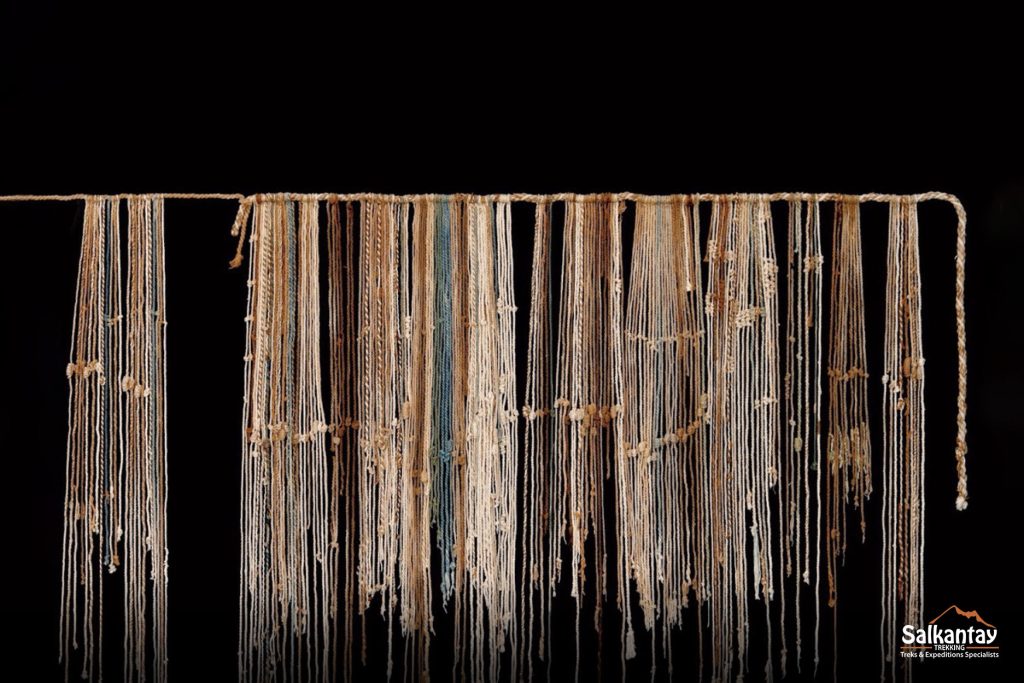
The Miracle of the Surviving Quipus
When Atahualpa ascended to the throne, one of his main objectives was to eradicate Inca history and destroy historical records related to the reign of his rival and half-brother, Huáscar. This new reign eliminated all the quipus it encountered.
Likewise, the Spanish conquest hunted down the remaining quipus because they couldn’t decipher the messages they contained. As a result of these successive persecutions, it’s incredible that hundreds of quipus have survived to this day!
Quipus Today
Nowadays, believe it or not, the quipu is still used by some Andean and South American communities, especially by shepherds of sheep and goats, as a method to track their herds. In cities like Cusco and surrounding areas, it appears as a decorative item adorning the walls of hotel rooms.
I must confess that the first time I saw a quipu in Pisac, I was puzzled by those cords hanging above my headboard, but in the rush of the trip, I didn’t have time to investigate what it was. What I didn’t realize was that I was standing before one of the most significant artifacts of the Inca Empire—the first computer, the first newspaper created by them, the most rudimentary form of communication developed by one of the most fascinating cultures of humanity: a tool that, in its time, fulfilled its purpose with mastery.
When we talk about the complex pre-Columbian societies, it’s hard to attribute to simple cords made of llama, sheep, or cotton wool the vital role of communicating the most crucial messages to the emperor.
Quipus are still present today thanks to how Andean culture has preserved its traditions; thus, they maintain their originality, identical to those of the past. Most of the quipus for sale today feature the months of the year and are primarily colorful.
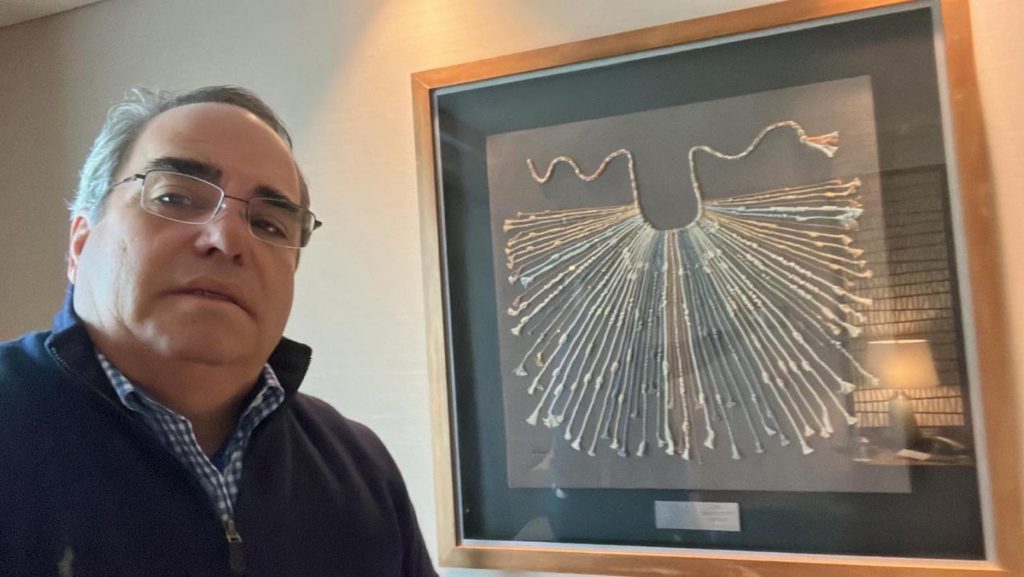
Their Characteristics
The cords were, and continue to be, made from llama or alpaca wool or sometimes cotton. They can be colorful or not, with their colors indicating the item being counted. Each activity (agriculture, military, engineering, etc.) had its own symbolic color scheme. The dye used is entirely natural, extracted from leaves and insects.
They may or may not be adorned with bones and feathers. Each knot has a different meaning or message. The position of the knot and its number indicate numerical values according to a decimal system. Each cord may have one or more knots, none at all, one at the tip and another at the base.
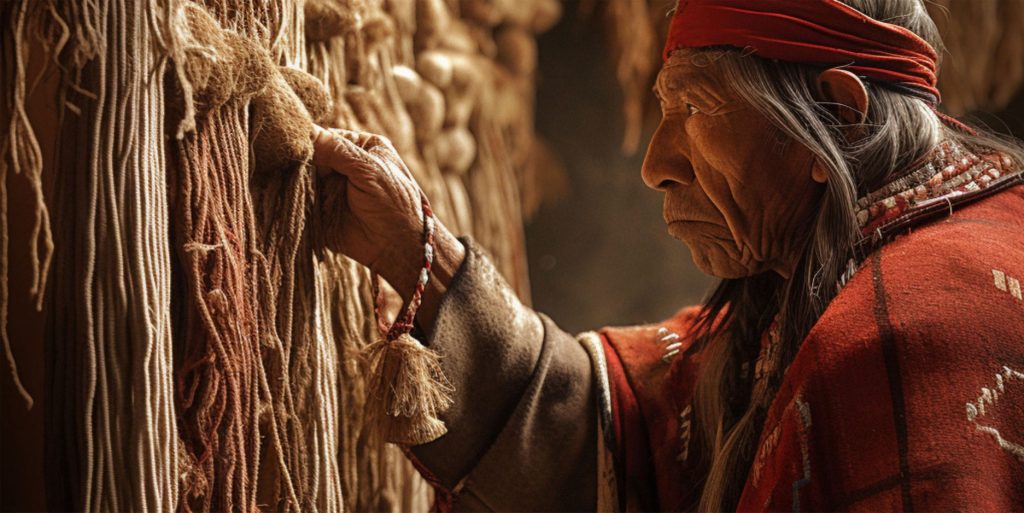
Who Were the Chasquis?
The messengers responsible for transporting the quipus were called chasquis. They were men who ran several kilometers along Inca trails at the fastest pace possible to deliver the quipu to the next relay station, where a fresh charqui would continue the run until the information finally reached the emperor’s hands.
Due to the absence of a written alphabet, quipus represented a simple and practical method for transport: lightweight, flexible, and with a high degree of precision.
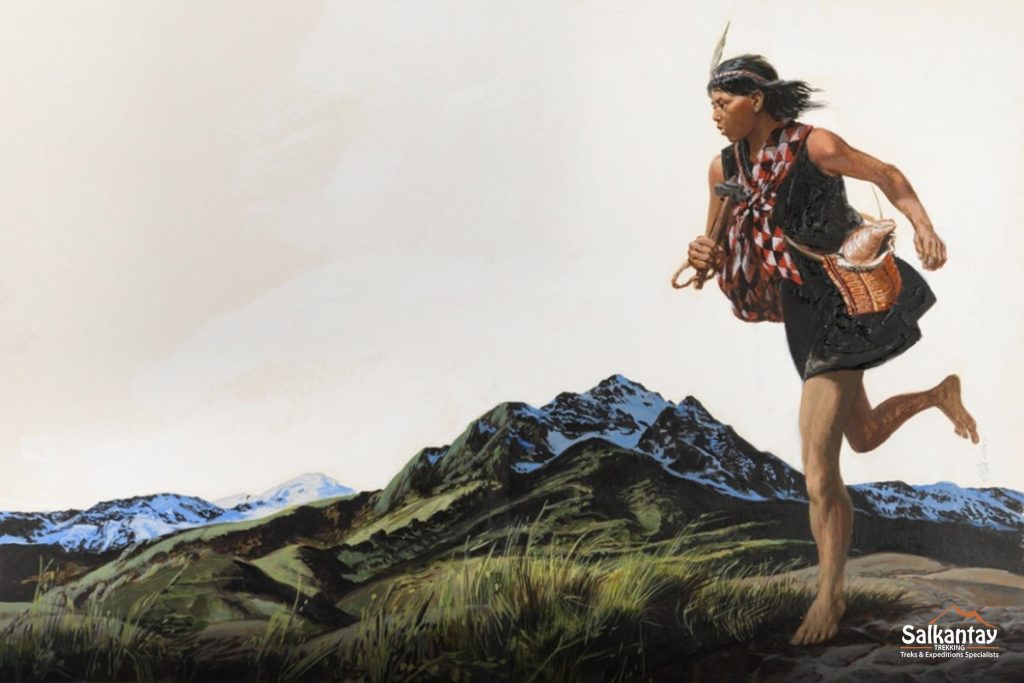
And the Khipu Kamayuq?
In the Inca capital, Cusco, specialists in quipus, called khipu kamayuq, were professionals who not only maintained records using the knots but also used them as “aide-mémoire” to recount stories, myths, and poems from Inca traditions, as well as imperial conquests and royal lineage.
They were excellent for recording provincial censuses: the total number of people, gender (male and female), children, singles, married individuals, etc. Other information recorded on quipus included accounts, stores, taxes (paid in kind), livestock, land measurements, armies and military equipment, astronomy, calendars, small oral descriptions made by postal messengers, and cheques.
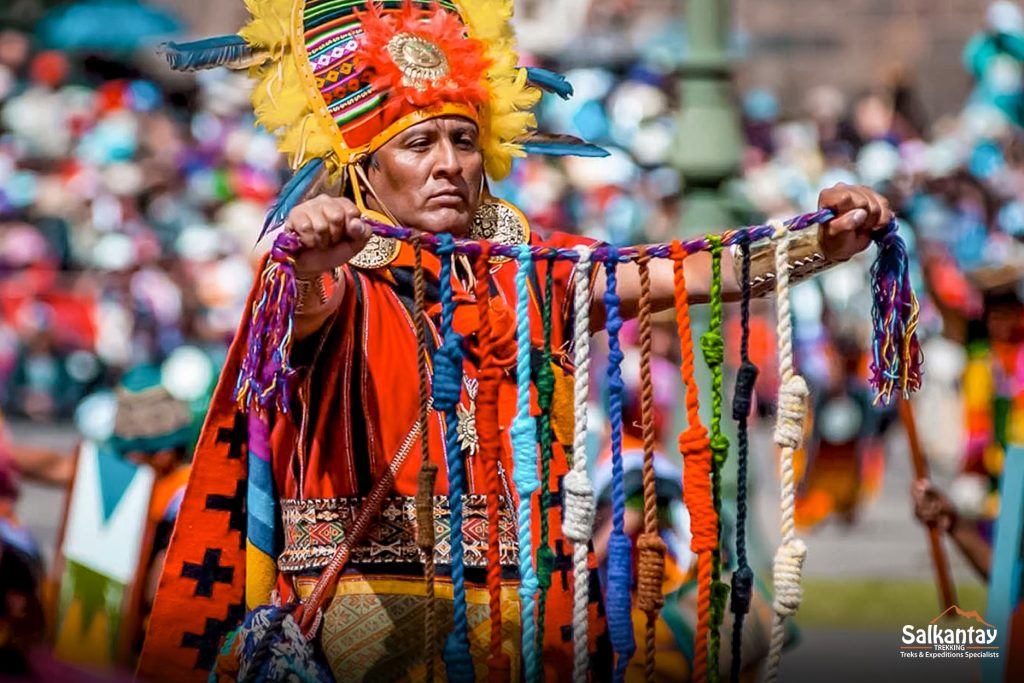
Quipu, You Can Have Your Own!
So, dear reader, when you come across a quipu humbly displayed in the craft stalls on the streets of Cusco, make a mental bow: you are in the presence of what can be considered one of the most critical original artifacts from the Inca era, on sale in a public square for a modest price. It’s original because it continues to be crafted by the hands of their descendants. We believe it’s one of the most meaningful “souvenirs” you can take home. Your friends and family will be amazed!



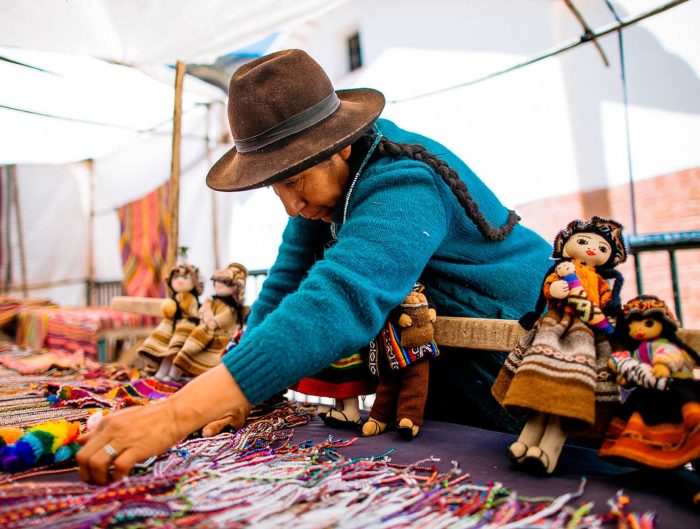



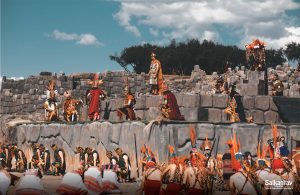
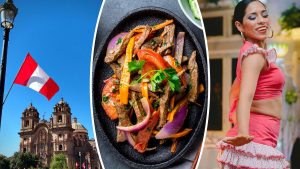




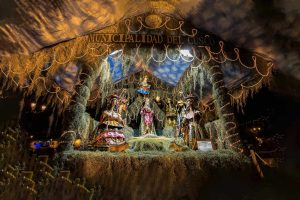
Leave A Reply